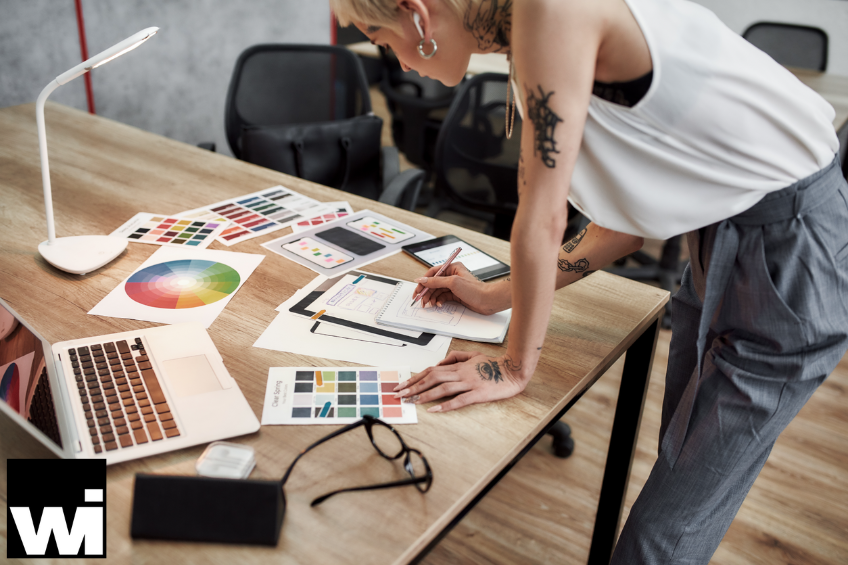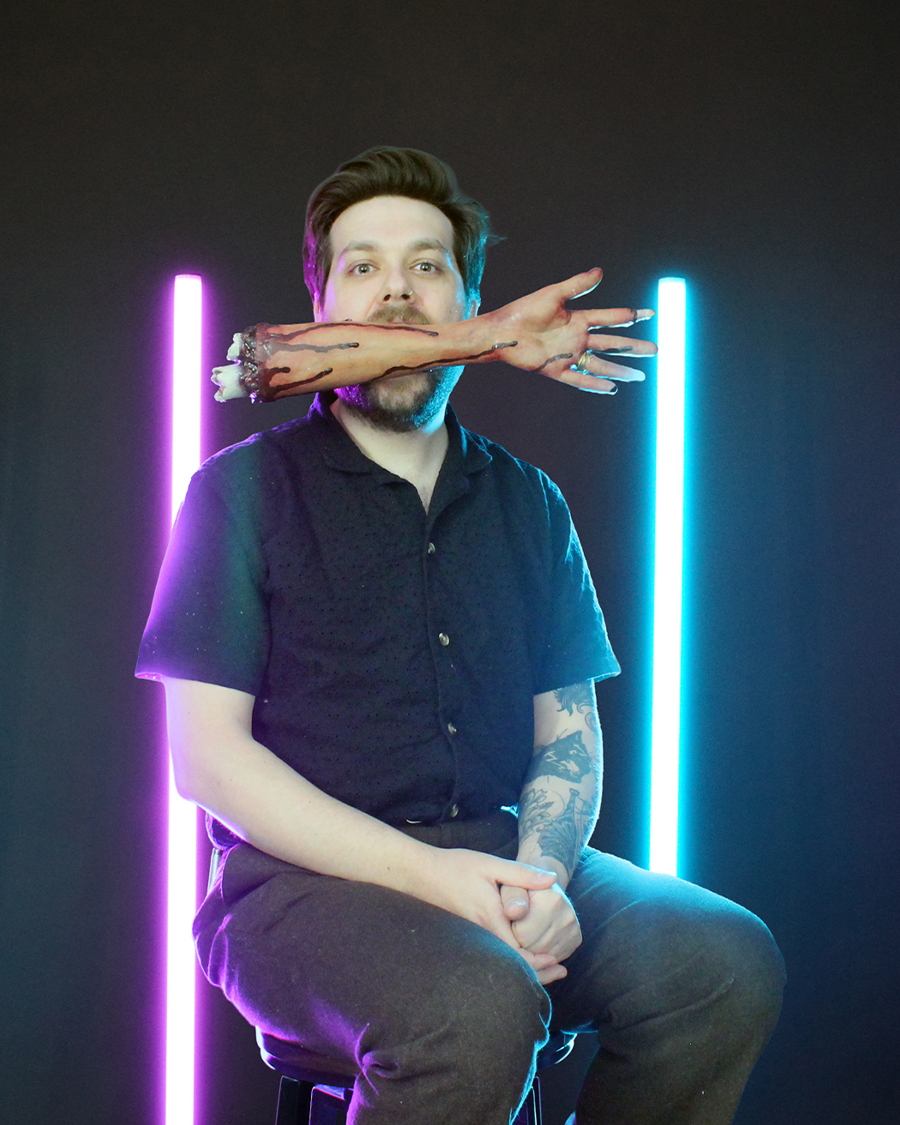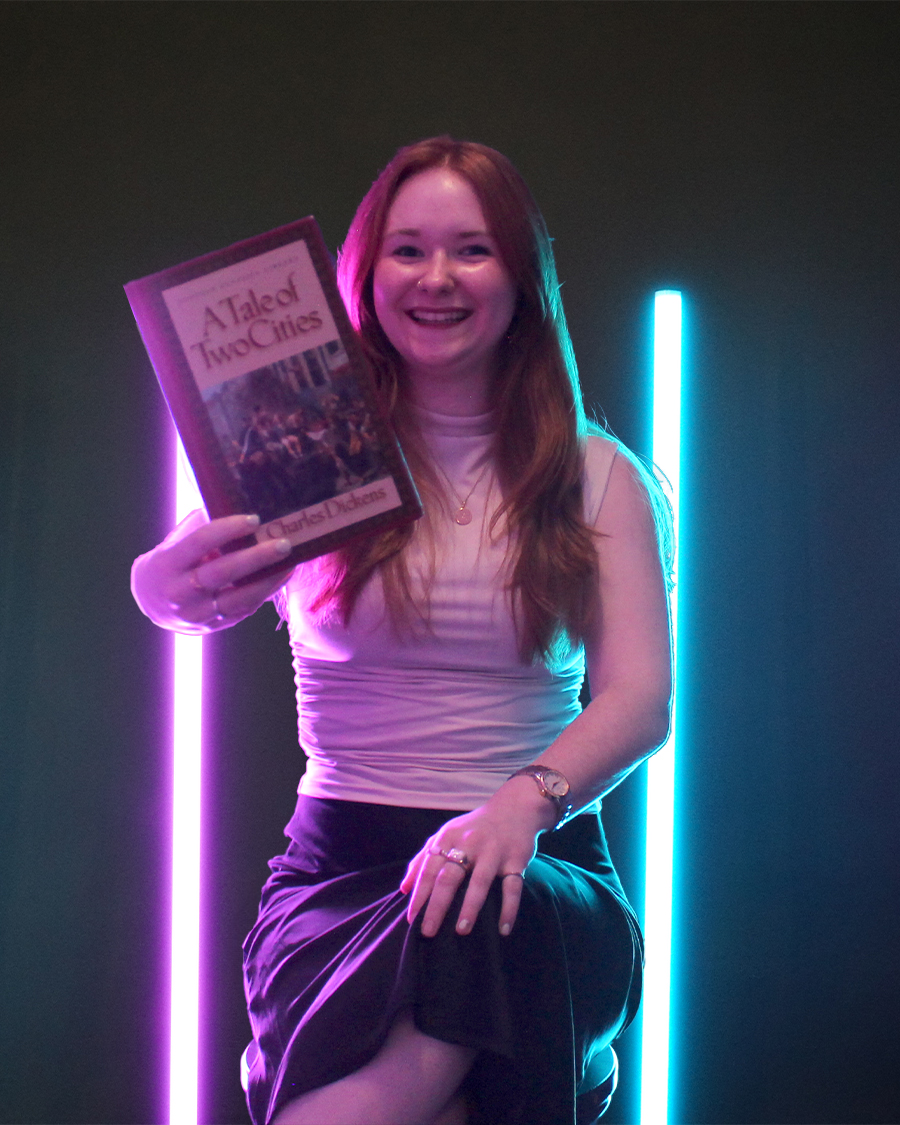Is Generative AI Going to Be the Death of Creative Design Jobs?
Are writers, artists, and graphic designers facing extinction in the age of creative AI? With the rapid development of AI technologies, this question is more relevant than ever. Tools like ChatGPT, Midjourney, and DALL-E have made it easier than ever to generate art, music, and video from scratch with just a few clicks. This development has sparked fears and controversies around art theft and the future of creative jobs.
Will generative AI truly replace creative professionals or serve as another tool in their creative process? AI is more likely to augment rather than eliminate creative processes, with clear examples of human ingenuity at the forefront of the arts. Keep reading to learn how this technology has changed the trajectory of digital marketing.
What We’ll Cover:
- The rise of AI in creative industries
- The intersection of technology and art
- AI as a tool for artists
- The impact of generative AI on creative jobs
- Key takeaways
The Rise of AI in Creative Industries
The advent of creative AI like ChatGPT, Midjourney, and DALL-E has changed the way we think about design and marketing. These tools have made it possible for anyone to generate complex, stunning artwork, music, and videos simply by inputting a few text prompts. The accessibility and scale of these platforms have simultaneously raised excitement and concern for career designers.
The ability of generative AI to produce high-quality imagery in seconds is nothing short of impressive. Artists and designers can now use these tools to experiment with new sketches, storyboards, and site maps. They can push creative boundaries and streamline their workflows. The latest model of Midjourney can transform words into intricate images. DALL-E, meanwhile, generates unique and imaginative art pieces from simple descriptions.
Criticisms Surrounding AI Art
However, this technological leap has also sparked debates about art theft and the potential devaluation of human artistry. Critics argue that AI-generated art has flooded the market as cheap competition, making it harder for traditional artists to compete and earn a living. The fear is that as AI becomes more prevalent, the unique human touch in art may become less valued. That’s why some design software companies like Adobe are testing ways to pay artists to train on their work with their consent.
AI companies can definitely do a better job at respecting the use of artists’ likenesses, portfolios, and privacy. That said, many industry experts believe that AI will not replace artists and creatives. Rather, it will change the way they work, offering new tools and opportunities for innovation.
LEARN HOW TO REACH MORE CUSTOMERS IN YOUR AREA
The Intersection of Technology and Art
Generative AI is far from the first revolution in creative expression. The printing press, the roller brush, and the first computers all met backlash from established artists and writers. When photography was invented in the 19th century, many painters feared it would render their skills obsolete. Instead, photography emerged as a new artistic medium, pushing painters to explore other forms of expression like Impressionism and Abstract art. Similarly, the introduction of digital tools in the late 20th century transformed graphic design and animation, creating new opportunities for media that weren’t previously possible.
The current rise of generative AI is the next chapter in this ongoing history. Just like previous technologies expanded artists’ toolkits, creative AI is proving to do the same. The invention of the camera did not eliminate painting; it changed the nature of visual art. The ability to instantly generate art, music, and design elements offers a new medium for brainstorming and testing.
The integration of AI into creative fields continues this tradition, allowing artists to blend traditional design with cutting-edge techniques to produce unique and compelling works. This historical perspective reassures us that, while technology evolves, it doesn’t have the same spark that can create original styles and movements. These tools cannot and should not be a replacement for human ingenuity.
AI as a Tool for Artists
The emergence of creative AI tools has radically transformed what artists can achieve in video editing, animation, logo design, and more. These tools offer new ways to expedite the artistic process, including faster ways to create variations of frames and shots. Let’s explore three key techniques that are saving artists time and resources: inpainting, outpainting, and image-to-image manipulation (img2img).
Inpainting
Inpainting involves using AI to fill in missing parts of an image. This technique allows artists to remove sections of an image and have the AI generate multiple options on how to fill it. These text prompts might include everything from color correction to changing the composition. For example, an artist might start with a rough sketch and use inpainting to explore different models of the finished piece. In this sense, the tools act as a shortcut for visualization.
Outpainting
Outpainting, also known as “uncropping,” enables artists to extend an image beyond its original borders. By providing an existing image and a text prompt, AI can imagine and render the surrounding context, effectively expanding the artwork. Outpainting can help artists flesh out backgrounds and landscapes, illustrating a new perspective and adding depth to their creations. For digital artists, this resource is a game-changer that can quickly match image dimensions across multiple platforms.
Image-to-Image (img2img)
Image-to-image techniques involve generating new graphics from existing ones guided by text. Think of it as connecting the dots between two different works. This option lets artists take a preliminary sketch or an AI-generated image and iteratively refine it into a polished draft. Artists can experiment with different styles and concepts quickly, seeing real-time changes as they adjust the input. This workflow mirrors traditional art processes, where artists start with a basic idea and gradually develop it into a final piece, but with the added speed and versatility of AI.
GET REAL ADVICE FROM LOCAL MARKETING EXPERTS
The Impact of Generative AI on Creative Jobs
While generative AI tools are powerful, they’re not anywhere near ready to eliminate marketing teams, filmmakers, and designers. Instead, they’re transforming the day-to-day skills and responsibilities of creative professions.
Reports and studies suggest that AI will alter the skill sets required for creative jobs. For instance, a report by the World Economic Forum highlights that while AI can automate certain tasks, the demand for creative professionals who can leverage these technologies is growing. Artists and designers who can harness AI tools at scale will be in high demand, especially when it comes to marketing small businesses.
Beyond that, AI has the potential to make creative professions more accessible. For individuals with disabilities, creative AI tools can provide new ways to engage with art and design, breaking down barriers that previously existed. For example, speech-to-text prompts can help develop illustrations, and smart color filtering can help visually impaired artists. By automating repetitive tasks and assisting with complex processes, AI allows artists to focus on the conceptual and expressive aspects of their work.
In fields like web design, AI can handle technical elements like coding and layout adjustments, letting designers concentrate more on user experience and less on technical know-how. This synergy between individual creativity and AI efficiency represents the best of both worlds. Ultimately, AI is not a threat to creative jobs but a catalyst for evolution within the industry.
Key Takeaways
The future of generative AI is not meant to replace artists but to transform how they work. By integrating tools like inpainting, outpainting, and image-to-image techniques, artists can expand their creative boundaries and improve the quality of their work. Historical parallels show that new technologies have always reshaped, but not eliminated, creative professions. Remember, AI is a supplement, not a substitute. Embrace these tools to unlock new potential and ensure your creative work stands out.
Interested in leveraging creative AI to enhance your artistic projects or improve your web design? Contact Worcester Interactive today for expert guidance and resources. Let’s work together to integrate AI into your creative process and take your work to the next level. Reach out now to get started!
Connect with Us
You can find us on Facebook, LinkedIn, and Instagram @WorcesterInteractive.
About Worcester Interactive
Worcester Interactive is an award-winning, full-service digital marketing company in Worcester, MA, specializing in responsive web design, search engine optimization (SEO), digital advertising, and social media marketing. We build stunning, responsive websites and online marketing campaigns for businesses looking to grow their online presence. We’ve built a reputation for tackling challenging projects that require a creative content strategy, thoughtful design, demanding development, and interactive web marketing.







